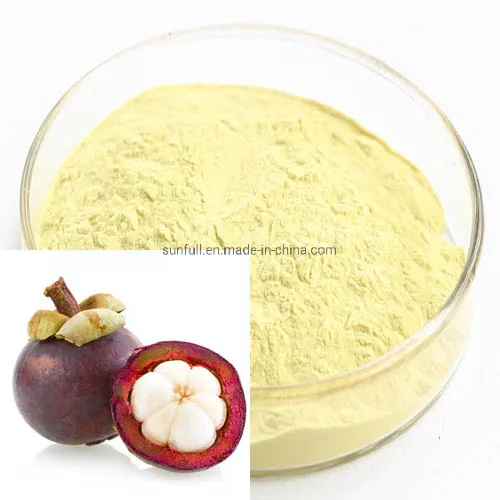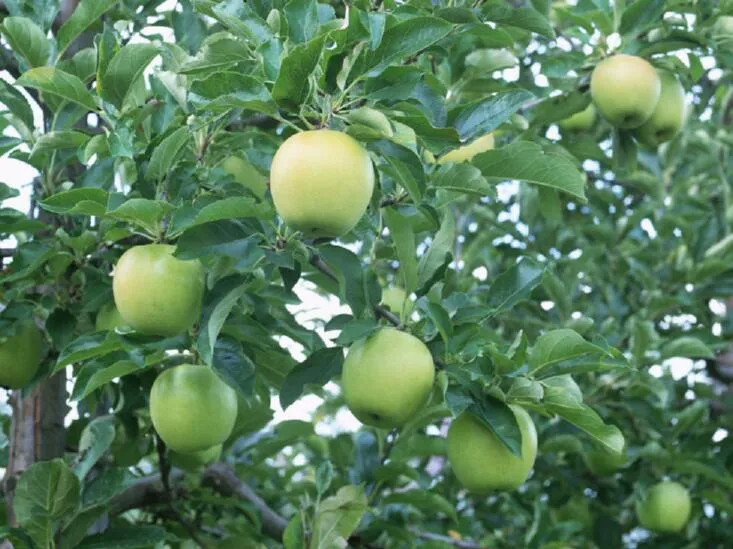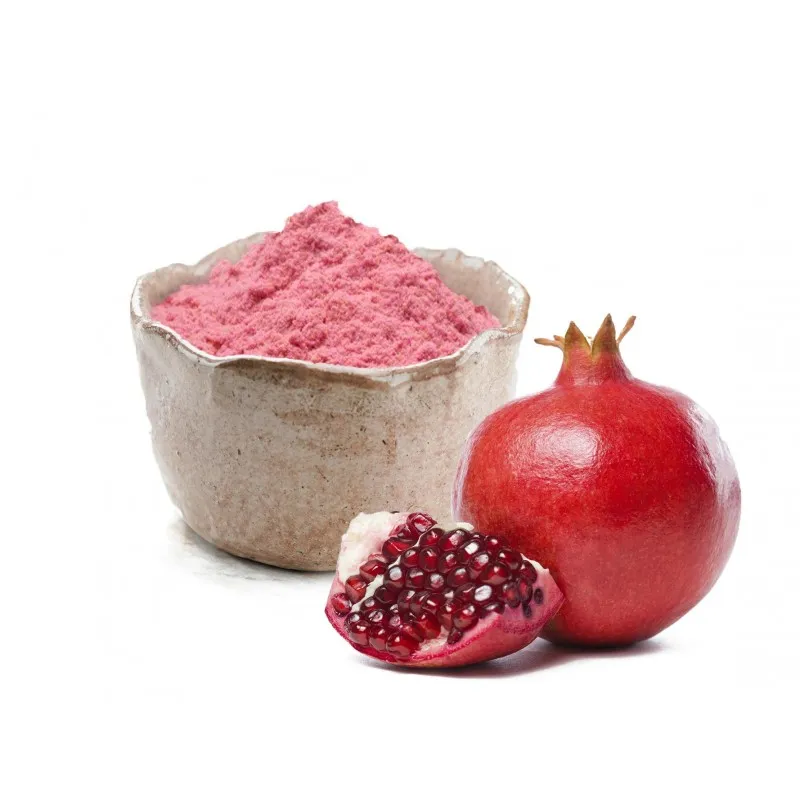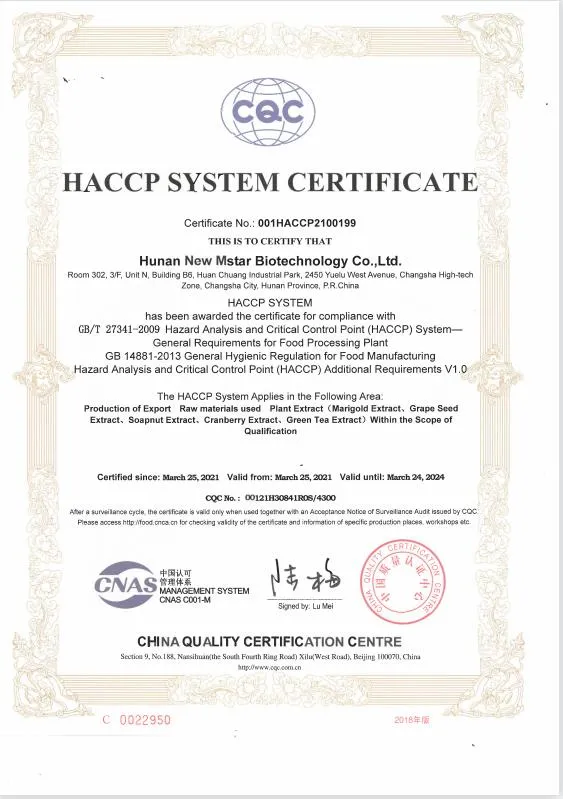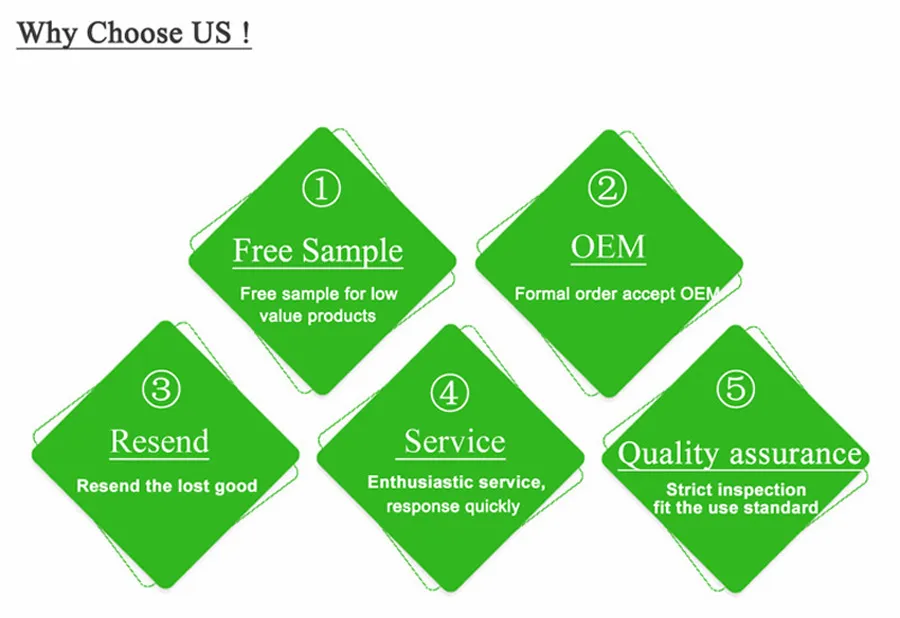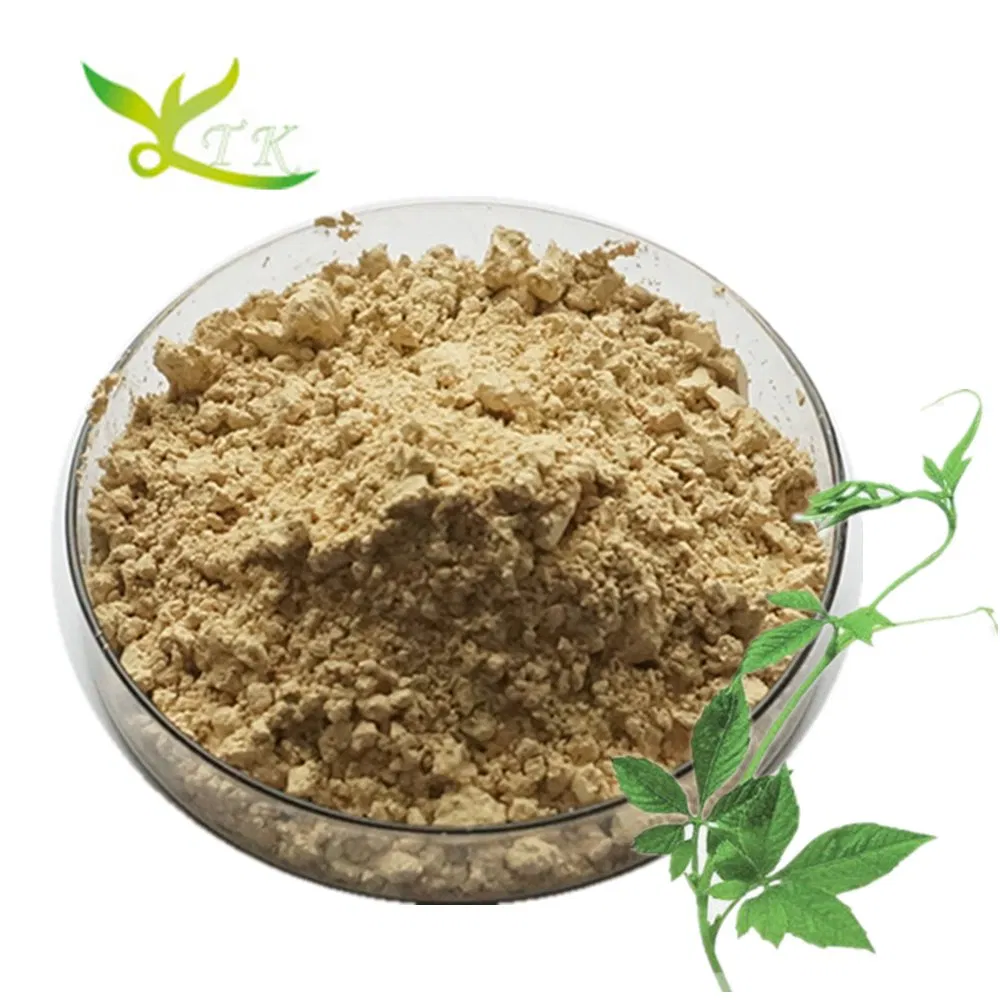Home > Products > Fruit Extract > Mangosteen Extract with Xanthones 20%, 30%, 40%, 90%, 95%, 98% CAS 90-47-1
Mangosteen Extract with Xanthones 20%, 30%, 40%, 90%, 95%, 98% CAS 90-47-1
Mangosteen ExtractChinese Name: Shan Zhu/Botanical Name: Garcinia mangostana L Part of the Plant Used: Fruit Rind or PericarpActive Ingredients: Xanthones, mangostins (α-mangostin, β-mangostin and γ-mangostin) XanthoneMangostinCAS No.:90-47-16147-1......
Send Inquiry
Product Description
Mangosteen Extract

Chinese Name: Shan Zhu/
Botanical Name: Garcinia mangostana L
Part of the Plant Used: Fruit Rind or Pericarp
Active Ingredients: Xanthones, mangostins (α-mangostin, β-mangostin and γ-mangostin)
Molecular Structure of Active Ingredients
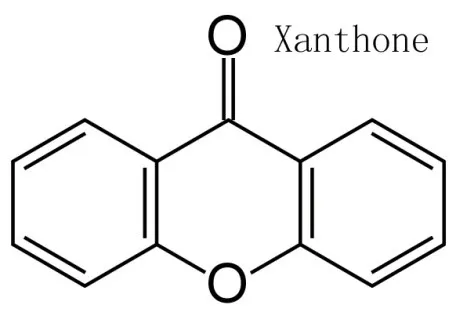
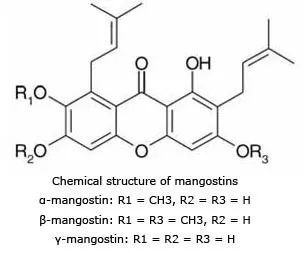
Specification: Xanthones 20%, 30%, 40%, 90%, 95%, 98%
Alpha-mangostin 5%, 10%, 20%, 40%
Product Introduction
Garcinia mangostana L commonly known as mangosteen, is a slow-growing tropical evergreen tree with leathery leaves distributed in Thailand and other Southeast Asian countries. The edible portion of mangosteen is milky white, whereas the rind is dark red and composes about two-thirds of the whole fruit weight as agricultural waste. People have used this waste rind as a traditional medicine for the treatment of abdominal pain, diarrhea, dysentery, infected wound, suppuration and chronic ulcer. The rind of mangosteen was found to be a rich source of various phytochemcals including tannins, and more than 40 xanthones with α-, β- and γ-mangostin as the dominating ones (Alpha-mangostin is the highest component). The Mangosteen is the single, most abundant source of xanthones known to science. A number of these xanthones were demonstrated in scientific studies to be even more potent antioxidant. They were also shown in scientific and pharmacological studies to possess a variety of immune-system-boosting and healing properties, such as supporting microbiological balance, helping the immune system, improving joint flexibility, and providing mental support. Some proponents claim that it can help diarrhea, infections, tuberculosis, cancer, and a host of other illnesses.
Physiological Functions
1. Anti-oxidantion
2. Anti-tumor
3. Anti-microbial
4. Anti-inflammatory
5. Anti-malaria
Application

Chinese Name: Shan Zhu/
Botanical Name: Garcinia mangostana L
Part of the Plant Used: Fruit Rind or Pericarp
Active Ingredients: Xanthones, mangostins (α-mangostin, β-mangostin and γ-mangostin)
| Xanthone | Mangostin | |
| CAS No.: | 90-47-1 | 6147-11-1 |
| Molecular Formula: | C13H8O2 | C24H26O6 |
| Molecular Mass: | 196.19 | 410.45 |


Specification: Xanthones 20%, 30%, 40%, 90%, 95%, 98%
Alpha-mangostin 5%, 10%, 20%, 40%
Product Introduction
Garcinia mangostana L commonly known as mangosteen, is a slow-growing tropical evergreen tree with leathery leaves distributed in Thailand and other Southeast Asian countries. The edible portion of mangosteen is milky white, whereas the rind is dark red and composes about two-thirds of the whole fruit weight as agricultural waste. People have used this waste rind as a traditional medicine for the treatment of abdominal pain, diarrhea, dysentery, infected wound, suppuration and chronic ulcer. The rind of mangosteen was found to be a rich source of various phytochemcals including tannins, and more than 40 xanthones with α-, β- and γ-mangostin as the dominating ones (Alpha-mangostin is the highest component). The Mangosteen is the single, most abundant source of xanthones known to science. A number of these xanthones were demonstrated in scientific studies to be even more potent antioxidant. They were also shown in scientific and pharmacological studies to possess a variety of immune-system-boosting and healing properties, such as supporting microbiological balance, helping the immune system, improving joint flexibility, and providing mental support. Some proponents claim that it can help diarrhea, infections, tuberculosis, cancer, and a host of other illnesses.
Physiological Functions
1. Anti-oxidantion
2. Anti-tumor
3. Anti-microbial
4. Anti-inflammatory
5. Anti-malaria
Application
- Dietary supplements
- Pharmaceutical stuff
Related Category
Send Inquiry
Please Feel free to give your inquiry in the form below. We will reply you in 24 hours.


